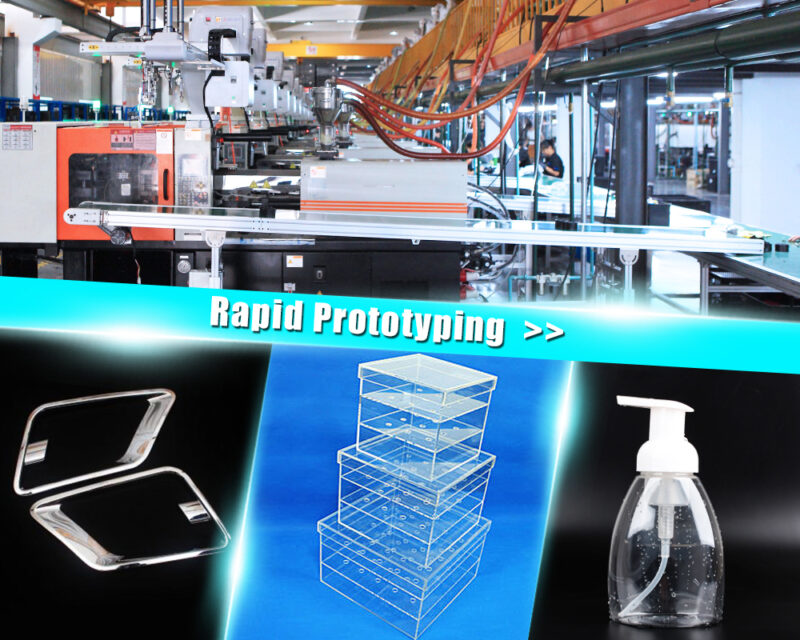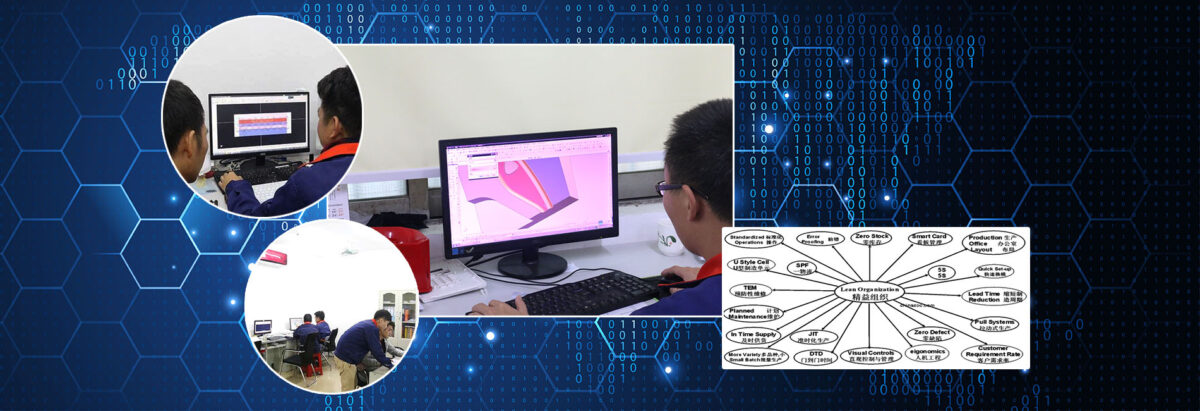Technological advances never stop coming, and the visual inspection industry knows it well.
Technology is evolving faster today and this makes machine vision systems manufacturers incorporate into their routine the most useful and effective discoveries that arise daily, all this to improve and optimize any process involved in the visual inspection of a series of materials.
Vision is the fundamental component that gave rise to everything related to visual inspections.
“Vision” plays a fundamental role at the moment when machine vision systems manufacturers and machine vision camera manufacturers begin to integrate the elements to complete a visual inspection machine. As it is an observation device, the visual inspection machine must have unsurpassed accuracy, for this reason it has always been sought that there is a perfect balance between what a machine can do and the entire frequency spectrum that the human eye is capable of perceive.
Recent studies have shown that there is a method capable of buying the perception of the human eye with the image captured with a very high resolution camera.
Various studies have been done, showing that human vision is able to perceive more shades of one color than any other, and this is the color green. The eye has greater sensitivity to green tones, which is why it is said that this is the best option when designing a machine capable of clearly perceiving a whole surface and the imperfections that it may have.
In the market of visual inspection it is known that innovation and evolution must always be constant.
Many machine vision systems manufacturers are currently opting to replace the white lights that are used for the purpose of making the parts that are being inspected look better, by green LED lights, so they are more likely to perceive the differences between the materials regarding the piece chosen as a reference image.
Not only are machine vision systems manufacturers responsible for adding certain elements to the machine, there are other groups related to this.
Machine vision camera manufacturers have been responsible for incorporating in their equipment certain sensors that allow a certain spectrum of wavelengths to be captured, in the case where the green color was applied on the object of study, it could be seen as a larger Number of frequencies were captured and differentiated in a fairly specific way.
This discovery has meant for many the almost complete reduction of any margin of error that any visual inspection machine could have, so it is very easy to realize that all manufacturers of visual inspection machines should consider incorporating these new Elements such as green lights for review.
Accuracy has always been key to make the review process through visual inspection successful, so you should always suggest that customers contact companies that offer the most innovative, modern and functional solutions.
The best alternatives to visual inspection are always offered by companies that care about developing the potential of their equipment and their personnel, just as Sipotek does every day.
For more about machine vision systems manufacturers,you can pay a visit to sipotek at https://www.topvision.net
About Shenzhen Sipotek Technology Co., Ltd
Started in 2002, Sipotek Technology is located in Shenzhen in China. The company designs and manufactures visual inspection systems with its avant-garde R&D department and a great experience in artificial vision technologies. Sipotek is a professional machine vision inspection system manufacturer from china.The Sipotek Technology staff supports customers 360 degrees automatd optical inspection(AOI), from listening to their requests to the development of ambitious machines for quality control.
For Inquiries:
Contact Person: James Yuan
Company: Shenzhen Sipotek Technology Co., Ltd
Tel: +86 18666216027
Email: info@sipotek.net
Website: https://www.topvision.net

